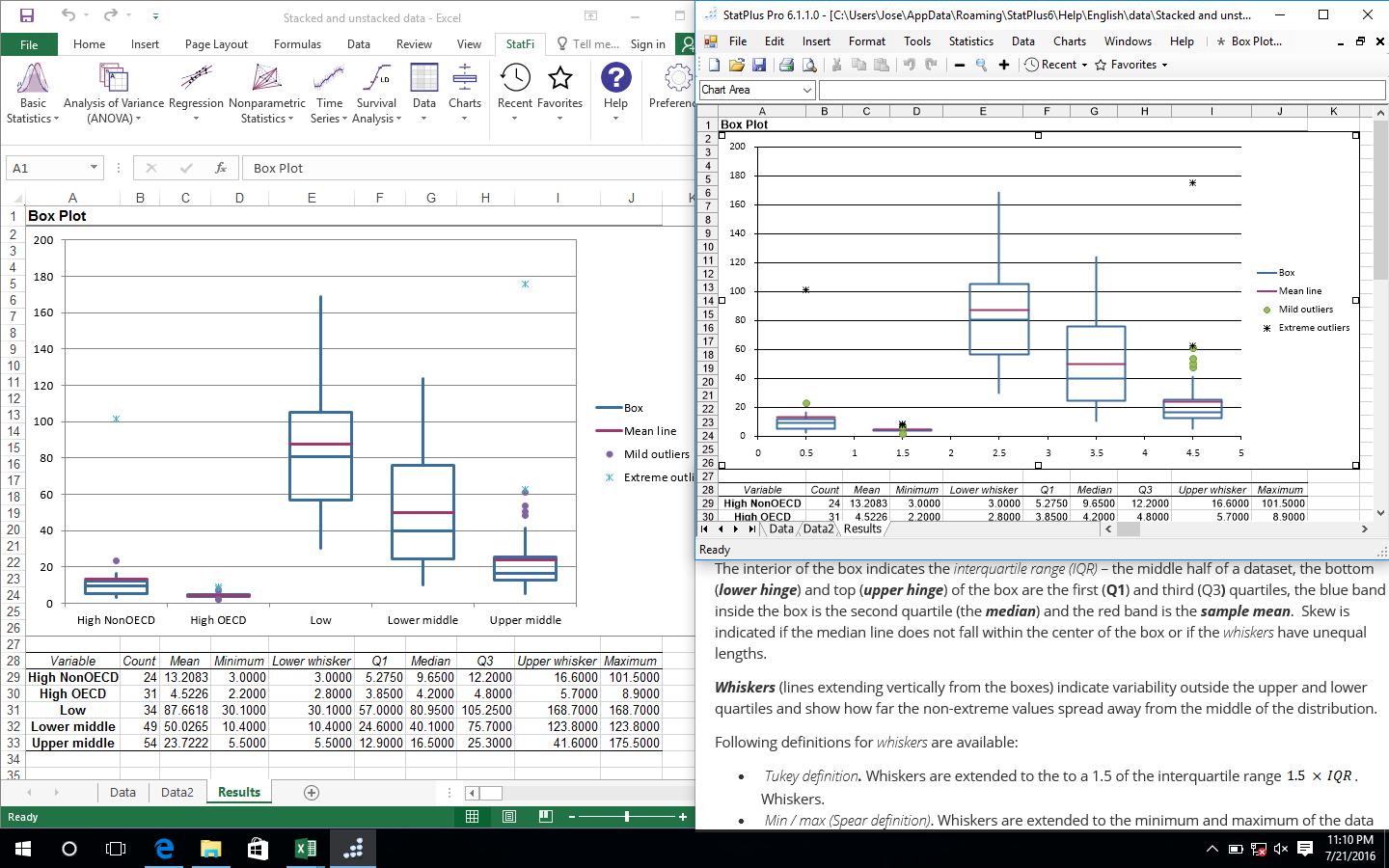

*Note: *This course will retire at the end of October.
#HOW TO USE DATA ANALYSIS IN EXCEL 2016 FOR MAC#
Please note that Excel for Mac does not support many of the features demonstrated in this course.Īfter taking this course you'll be ready to continue to our more advanced Excel course, Analyzing and Visualizing Data with Excel. You may not be able to complete all exercises as demonstrated in the lectures but workarounds are provided in the lab instructions or Discussion forum. You are welcome to use any supported version of Excel you have installed in your computer, however, the instructions are based on Excel 2016. If required, you can can find many help topics on Excel at the Microsoft Office Support Site. In R1C1, the rows are followed by columns. This chapter from Microsoft Excel 2016 Step by Step guides you through procedures related to using a workbook as a template for other workbooks, linking to data in other workbooks, and. The R1C1 style is the inverse of the A1 style. For Example, C22 refers to the cell in Column C at Row 22. It is done by specifying the column name followed by the row name of the cell. We use it all the time, whenever we reference a cell. You should have a basic understanding of creating formulas and how cells are referenced by rows and columns within Excel to take this course. The A1 style is the normally used reference type in Excel. To complement, pivot charts and slicers can be used together to visualize data and create easy to use dashboards. In addition, Excel formulas can be used to aggregate data to create meaningful reports. Pivots are used in many different industries by millions of users who share the goal of reporting the performance of companies and organizations. You will see the power of Excel pivots in action and their ability to summarize data in flexible ways, enabling quick exploration of data and producing valuable insights from the accumulated data. In the Data Analysis dialog, select Histogram and click OK. With the Analysis ToolPak enabled and bins specified, perform the following steps to create a histogram in your Excel sheet: On the Data tab, in the Analysis group, click the Data Analysis button.
#HOW TO USE DATA ANALYSIS IN EXCEL 2016 HOW TO#
You will learn how to create pivot tables from a range with rows and columns in Excel. Make a histogram using Excels Analysis ToolPak.
:max_bytes(150000):strip_icc()/010-how-to-create-a-report-in-excel-9274c07370fd4061974b59fd7a5c9b19.jpg)
In this course, you will learn how to perform data analysis using Excel's most popular features.

Microsoft Excel is one of the top tools for data analysis and the built-in pivot tables are arguably the most popular analytic tool. The ability to analyze data is a powerful skill that helps you make better decisions.


 0 kommentar(er)
0 kommentar(er)
